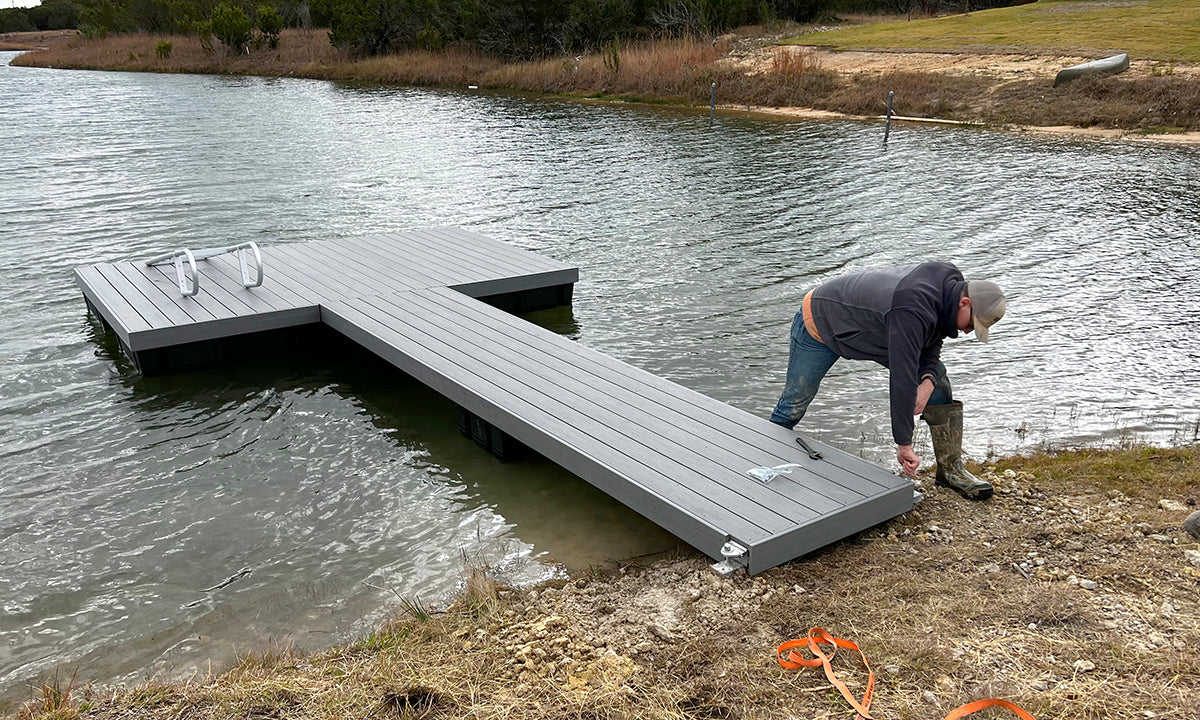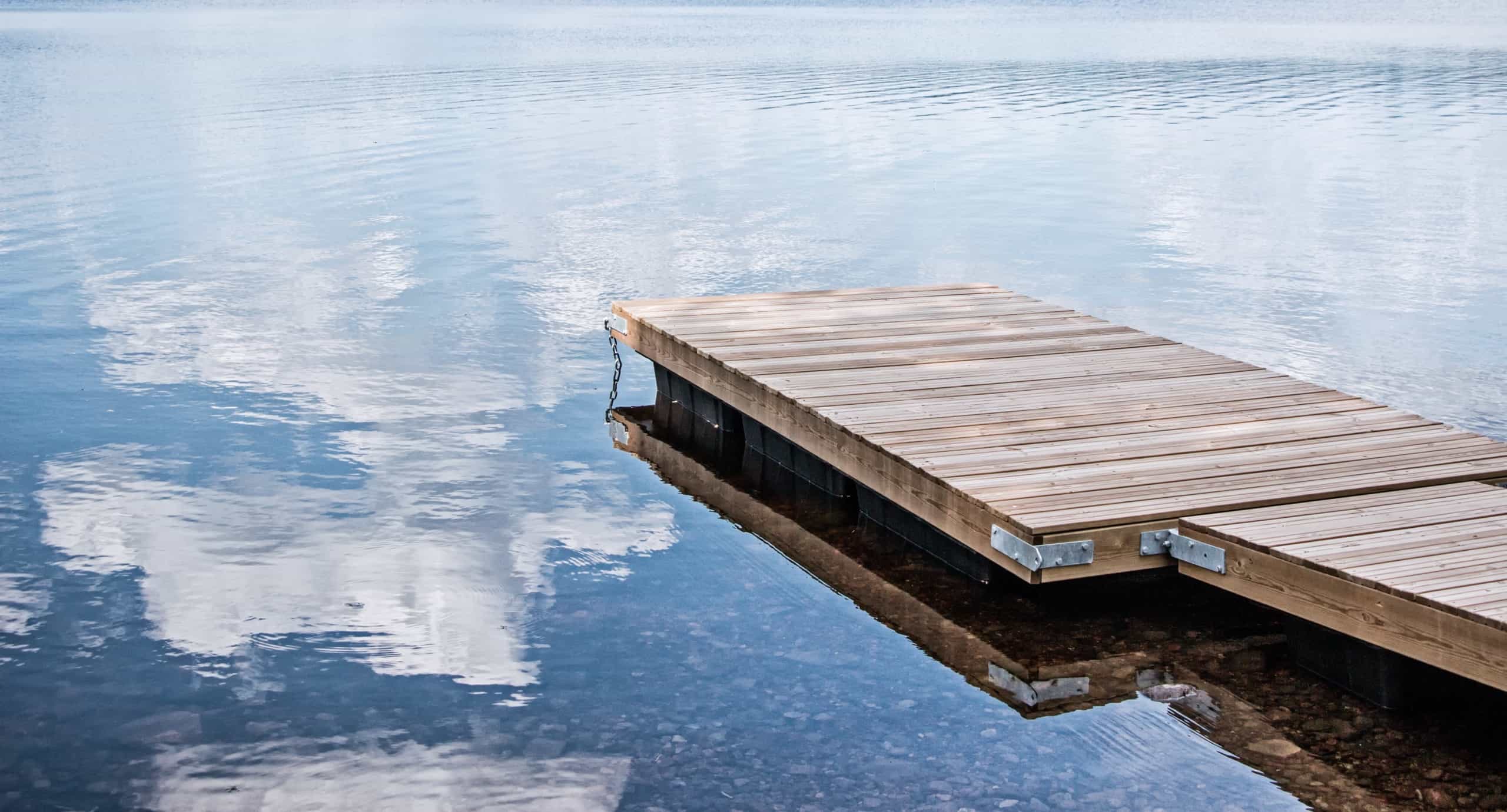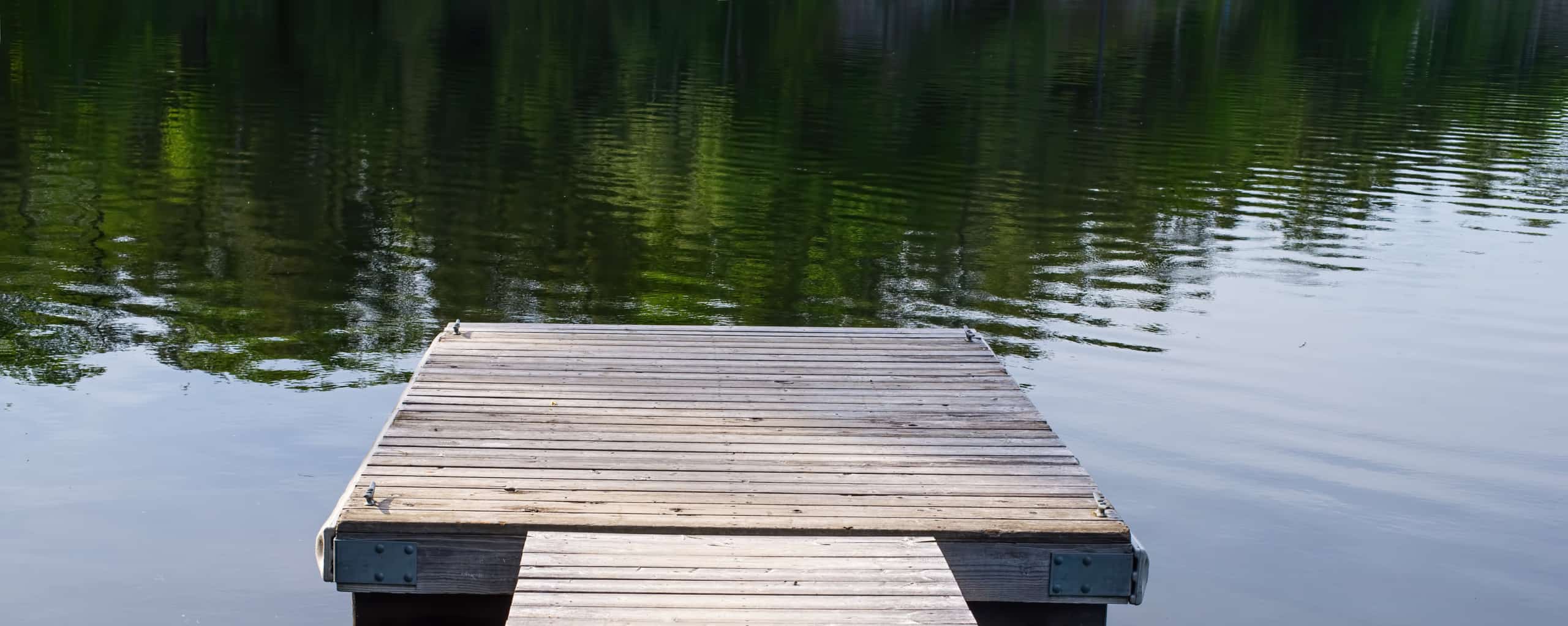Crafting Custom Solutions: Why a Floating Dock Builder is Important for Unique Demands
Crafting Custom Solutions: Why a Floating Dock Builder is Important for Unique Demands
Blog Article
Upgrade Your Waterside With Durable Floating Docks
Updating your waterfront with resilient floating docks can considerably boost both capability and aesthetics, offering a functional remedy for various water tasks. With a variety of materials offered, consisting of low-maintenance choices and typical timber, selecting the ideal dock can match your individual design and fulfill useful demands.
Advantages of Floating Docks
Floating docks offer a wide variety of advantages that improve their charm for various maritime applications. Among the key advantages is their versatility to transforming water levels - floating docks. Unlike standard fixed docks, floating docks fluctuate with the trend, guaranteeing consistent availability for watercrafts and watercraft despite ecological conditions. This attribute dramatically decreases the danger of damages to vessels, as they continue to be securely tied also throughout fluctuations in water deepness.
In addition, floating docks are easier to install and move, providing adaptability for short-term or seasonal use. Their modular style enables personalization to fit details requirements, whether for exclusive marinas, property watersides, or business applications.
Additionally, floating docks produce marginal disturbance to the marine setting, protecting local ecological communities and minimizing the possibility of erosion. They likewise supply enhanced safety and security and security for customers, as their buoyant nature supplies a much more flexible surface than stiff frameworks.
Moreover, floating docks can promote a varied array of activities, such as angling, swimming, and recreational boating, making them a beneficial asset for beachfront advancement. Their versatility and practicality make floating docks a preferred choice for a range of marine projects.
Selecting the Right Materials
Picking appropriate products for floating docks is vital to their durability, efficiency, and overall performance. When selecting products, consider variables such as environmental direct exposure, upkeep requirements, and architectural honesty. Usual products consist of timber, plastic, aluminum, and composite choices, each offering distinct advantages and negative aspects.
Timber, while aesthetically pleasing, requires regular upkeep to stop rot and degeneration. Pressure-treated timber can boost longevity, yet it may still surrender to water damages over time. Plastic drifts, often made from high-density polyethylene, are immune to corrosion and call for very little upkeep, making them an eye-catching choice for low-maintenance applications.
Light weight aluminum is an additional practical alternative, recognized for its strength and light-weight residential or commercial properties. It is resistant to corrosion and can hold up against severe climate condition, although it may be much more costly than other products. Composite products integrate the best qualities of wood and plastic, supplying a low-maintenance and durable alternative that mimics the look of wood without the associated disadvantages.
Inevitably, the choice of material should straighten with the planned use, environmental factors to consider, and spending plan restraints, making sure a functional and long lasting floating dock that fulfills your details requirements.
Installation Refine Introduction
The successful setup of a floating dock counts on cautious preparation and implementation, making certain that it runs efficiently in its desired environment. The first action involves assessing site conditions, including water deepness, shoreline features, and prevailing climate patterns, which will notify the dock layout and anchoring system.
Adhering to the site evaluation, the following stage is to prepare the floating dock parts. This includes constructing the framework, protecting drifts, and attaching any type of necessary equipment. It is crucial to make sure that all links are robust and waterproof to withstand marine problems.
As soon as the dock is put together, the installment procedure commences with positioning the dock in the water. This can involve a crane or other lifting equipment, especially for larger frameworks. Correct placement is essential for functionality and security.

Upkeep Tips for Durability
Regular maintenance is necessary for guaranteeing the durability and optimum performance of a floating dock. To accomplish this, start with regular evaluations at least two times a year, concentrating on the integrity of the dock's framework, including the flotation tools and connecting hardware. Try to find signs of deterioration, damage, or wear, and deal with any kind of issues immediately to avoid additional damage.
Cleaning is one more important aspect of maintenance. Eliminate particles, algae, and barnacles from the dock's surface area to stop slippery problems and keep visual appeal. Use a soft brush and a light detergent to avoid damaging the dock's materials.
Furthermore, make certain that the dock is properly anchored and look at this website secured to stand up to seasonal modifications in water degrees and climate problems. Examine the anchoring system for security and make adjustments as necessary.
Enhancing Your Outdoor Aesthetic
To create a visually appealing outdoor space, integrating a floating dock can significantly improve the general aesthetic of your waterside building. Floating docks are not just practical however can likewise function as a striking centerpiece that complements the natural surroundings - floating dock company. Offered in different materials and designs, these docks can be tailored to match your residential property's building style and landscape
The addition of decorative components, such as incorporated illumination or stylish barriers, better raises the dock's visual allure. Take into consideration utilizing natural timber surfaces, which blend flawlessly with the atmosphere, or selecting modern products like aluminum or composite outdoor decking that use a smooth, modern appearance.
Strategically positioning planters or seating areas on or around the dock can create welcoming spaces that urge relaxation and enjoyment of beachfront views. In addition, integrating colors and appearances that balance with your landscape will produce a cohesive visual throughout your outside location.

Final Thought

Upgrading your waterside with sturdy floating docks can dramatically enhance both performance and appearances, offering a functional solution for different water tasks. Unlike traditional fixed docks, floating docks surge and fall with the tide, making certain consistent ease of access for watercrafts and boat no matter of environmental conditions.Choosing ideal products for floating docks is important to their durability, efficiency, and total performance.Once the dock is put together, the setup procedure starts with placing the dock in the water.In recap, floating docks deal numerous advantages, including versatility to water level modifications and a range of product alternatives.
Report this page